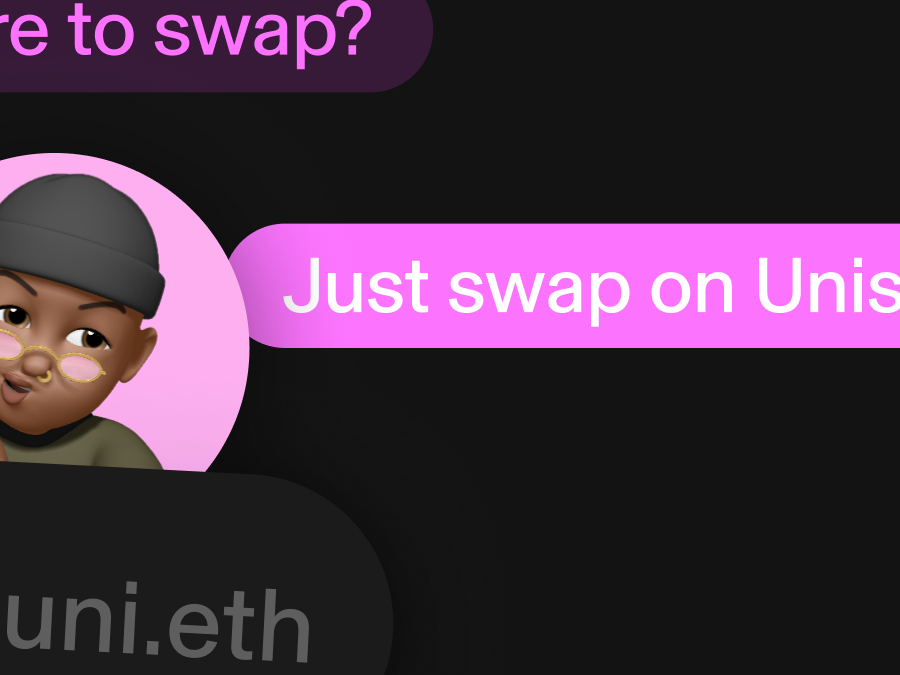Uniswap is the largest application on Ethereum by both gas and blockspace used, which makes it a great proxy for understanding the impact of scaling solutions on users. The recent Dencun hardfork and EIP-4844 have made L2s cheaper and onchain markets more accessible.
Our new research paper finds that even before Dencun, users leveraging Uniswap on L2s saw significant improvements compared to swapping or LPing on Ethereum:
- 97.5% of swappers – those with trades under $125,000 – did better on other chains when looking at USDC/ETH pools
- Because of gas costs, L2s have at least 75% more concentration than Ethereum, making it more capital efficient
- LPing is significantly cheaper on L2s, and we see that Arbitrum has almost three times more liquidity positions created this year than Ethereum – a similar trend in Polygon as well
- LPing is profitable on faster chains, with full-range LPs on L2s making an average of 20% more returns from arbitrage compared Ethereum mainnet
This research was conducted before the recent Dencun hardfork and the associated EIP-4844, which created a new temporary storage type called a blob. In the opening hours of 4844 going into effect, gas costs on Optimism, for example, went from $1.50 to half a cent – or a decrease of 300%. However, we expect that these costs will fluctuate as L2s factor in the cost of blob usage. We plan to release additional research in the coming weeks as the effects of this update are fully felt, but we expect there to be a minimal impact on the results provided today.
Activity on Uniswap on L2s Today
In our new research paper, we focus on chains where Uniswap v3 has the most activity, giving us the best comparison to Ethereum mainnet.

In fact, although volume may be higher on mainnet, the majority of transactions actually occur on other chains. Ethereum generally only has about 25% share of transaction count, but around 60% of volume.

Swapping on L2s
When looking at behavior on other chains, it’s clear that swappers benefit from lower gas cost, more concentrated liquidity, and prices that update more frequently. This is particularly true for retail swappers. One of our key findings is that for swaps under $125,000, retail swappers do better on L2s like Arbitrium over the sample period.
In the chart below, we examine the trade size in dollars of an USDC to ETH swap that is needed to breakeven – that is a swap of USDC to ETH where we would get an equal output of ETH on Arbitrum and Ethereum (including gas). We can see that while the differences in gas cost from Ethereum to Arbitrum are a major driver of the breakeven gas cost, we can see other fluctuations partly due to differences in price impact. For context, only 2.5% of USDC/ETH swaps are greater than $125k on the Uniswap Interface.

Liquidity Provision on L2s
Our findings are even more noteworthy when looking at liquidity providers (LPs) on other chains. LPs benefit from cheaper position update costs in concentrated liquidity, more arbitrage flows resulting in higher profit, and lower cost of pool deployment on other chains.
One of the key innovations of Uniswap v3 was allowing the concentration of liquidity around desired price intervals. The trade off is that a more concentrated position is more likely to require rebalancing as the price of the pool moves, which incurs a gas cost. The data, as demonstrated in the chart below, shows that, because of gas costs, L2s have at least 75% more concentration than Ethereum.

There are also significantly more liquidity positions opened on L2s, showing that users are rebalancing their positions more frequently. Not only that, we see that there are more unique liquidity providers on L2s. In the table below, we see significantly more positions created on Layer 2s. Arbitrum has almost three times more positions created this year than Ethereum – a similar trend in Polygon as well. We see that users (likely sophisticated) are rebalancing more frequently.

A second important aspect of L2s are shorter block times. Shorter block times means there is less time for the market price of the assets to move, and therefore a higher likelihood that arbitrage will not be profitable – meaning that prices are more accurate, which is better for LPs. Calculations show that full-range LPs on L2s make an average of 20% more returns from arbitrage compared to Ethereum mainnet, as demonstrated in figure below.

Conclusion
There is no question that other chains have drawbacks. There is a need for further decentralization, and fraud proofs are necessary infrastructure that must further develop. Distinct ecosystems of L2s also create liquidity fragmentation, but this can be addressed with this like Cross-chain UniswapX. But as L2 costs continue to plummet for all users, the benefits are clear. For decentralized markets to fulfill their full potential, aggregate trading costs must continue to decline and user experience must continue to improve.
We expect that users will continue their migration to L2s as perceived and realized security of rollups continue to increase. This is in the best interest of both Ethereum and L2s, as this will dramatically decrease the cost and increase throughput of the entire Ethereum network.


